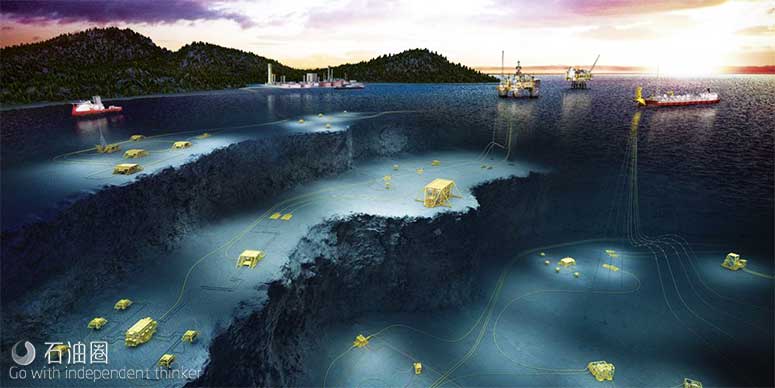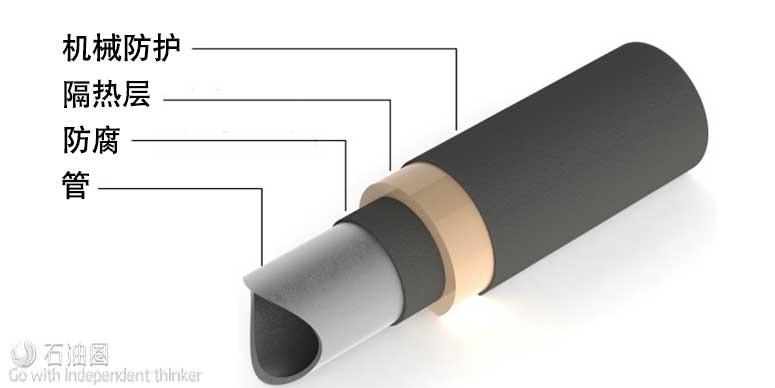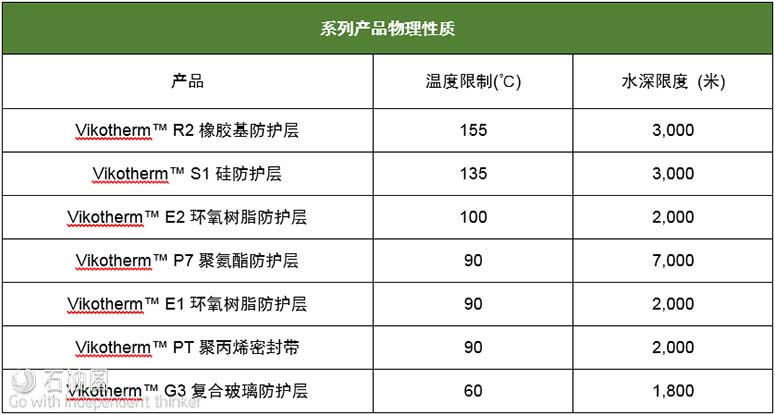Located on the Halten Bank in the Norwegian Sea, about 200 km from mid-Norway, Åsgard is a central hub and a significant oil and gas producer. It is also the first field in the world to use seabed gas compression. The decision to adopt this new technology on the Åsgard field is expected to maintain production and an increased recovery equivalent to approximately 278 million in barrels of oil when the project is realized.
A concept suitable for most large subsea gas fields, subsea compression systems provide improved energy efficiency and safety, and lower investment and operating costs when compared with using traditional platforms. When gas is produced, the pressure in the reservoir decreases and the well flow may need boosting in the form of compression. In many instances, subsea compression technology is necessary to create enough pressure for the hydrocarbons to travel up the pipelines to the receiving terminal.
Pioneering performance
Trelleborg provided high performance subsea insulation for use on the Asgard Subsea Compression Project. The innovative solution came in the form of Trelleborg’s Vikotherm R2 insulation material, to be used on 600 meters of piping forming part of the Åsgard subsea compression system.
Vikotherm subsea thermal insulation material has been successfully installed throughout the subsea oil and gas industry for over twenty years and has recently been enhanced to offer improved elasticity, as well as better process and manufacturing flexibility as the system can be applied on site, anywhere around the world. Vikotherm R2 was successfully launched into the market in 2012.
Across the 600m of piping, this proven solution will be applied in sizes varying from two to six inches / 50 to 300 millimeters. The pipelines will also include varying geometries – valves, transmitters and flanges – varying surfaces – super duplex, stainless steel and epoxy – and also varying applications – factory and site application.
Optimal flow assurance, without maintenance
Vikotherm R2subsea insulation is a practically incompressible, seawater and impact resistant solution which not only has excellent thermal insulation properties, but maximum corrosion protection too, guaranteeing optimal flow assurance. Furthermore, it is designed to last the life of a subsea project, is maintenance-free and will never normally require replacement.
Aker Solutions’ scope of work for the subsea compression system includes a subsea compressor manifold station (SCMS), subsea compressor station (SCST) template structure, three identical compressor trains, all electrical control systems, highvoltage electrical power distribution system, topside equipment, and tooling, transport, and installation equipment.
Subsea – Vikotherm R2
“This project represents a quantum leap in seabed technology and is an important step towards realizing the field operator’s ambition to develop a complete subsea production site. As such, guaranteeing optimum performance and complete reliability at every turn is of paramount importance. The formation of hydrate plugs and wax build up is a real risk during operation shut downs, high performance subsea thermal insulation is required to ensure optimal flow assurance.”
Vikotherm R2
Effective insulation of subsea structures helps maintain flow rates, optimize productivity, reduce processing costs and provide an optimum defence against wax and hydrate formations. Vikotherm R2 is just one of the subsea thermal insulation solutions within the Trelleborg Vikotherm range.
Vikotherm R2, a rubber based subsea thermal insulation, has 30 years of experience built in.
The system combines flexibility and robustness and gives protection for the lifespan of subsea installations. Our state of the art technology is designed to perform in extreme environments.
The three layer coating system provides HISC / corrosion protection and excellent thermal insulation properties. The system is seawater, impact and creep resistant.
Vikotherm R2 Benefits:
Flexible and robust;
Unlimited coating thickness to meet any U-value requirement;
Hydrolysis resistant;
Good adhesion to metallic and non-metallic materials;
Excellent corrosion and HISC protection;
High specific heat capacity.
Vikotherm R2 Features:
Operating temperature range from -49°C to +155°C / -56°F to 311°F;
High elongation at break > 200%;
Thermal shock resistant;
Elastomeric system;
Low density systems < 800 kg/m3;
Suitable for hot wet applications up to 155°C;
Inner layer provides corrosion / HISC protection.
Thermal insulation is necessary to avoid formation of hydrate plugs and wax build-up in subsea structures. The build-up begins when the oil/gas composition temperature is not maintained and begins to cool.
Without thermal insulation the cold seawater rapidly cools down the oil, forming hydrate/wax blockages making it impossible for a safe flow. Thermal insulation materials are applied in order to prevent formation of these blockages during a shutdown scenario or during normal operations.
During shutdown the extra insulation gives sufficient time for:
“Short time” inspection of the pipe or equipment
Time to solve production problems
Time for methanol or glycol injection
Trelleborg Offshore offers a range of materials for wet insulation systems.
Rubber
Vikotherm R2, a rubber based subsea thermal insulation, has 30 years of experience built in. The system combines flexibility and robustness and gives protection for the lifespan of subsea installations. Our state of the art technology is designed to perform in extreme environments. The three layer coating system provides HISC / corrosion protection and excellent thermal insulation properties. The system is seawater, impact and creep resistant.
Silicon
Vikotherm S1 sets a new standard in insulation performance based on advanced, non-syntactic silicone technology. Vikotherm S1 does not rely on glass microspheres giving it improved joint strength, increased heat capacity, long-term flexibility and resistance to hydrostatic collapse. It cures at room temperature without exposure to air with zero shrinkage. Vikotherm S1 is typically applied over anticorrosion coatings, using specialized application equipment.
Epoxy
Vikotherm E1 and E2 are Epoxy syntactic foam systems. Combining an extremely high glass transition temperature with unprecedented resistance to hydrostatic crush pressures, these systems provide high strength, low conductivity insulation. Epoxy syntactic foams can tolerate a wide range of temperatures and are ideally suited for hot wet service conditions.
Polyurethane
Vikotherm P7 insulation system has an industry track record spanning 30 years and is recognized as the benchmark by which other subsea insulation systems are measured. It has long been the system of choice for hot wet applications and field joints. This non-mercury catalyzed solid polyurethane insulation system is compatible with a full range of application specifications. Advances in application techniques guarantee integrity and reliability. The system is fully qualified to meet a complete range of applications and is not restricted by geometry or applied thickness.
Glass syntactic
Vikotherm G3 is a non-mercury glass syntactic polyurethane insulation system. It can be applied across all geometrical structures and is qualified to meet a full range of application specifications. Not only does Vikotherm G3 incorporate all the benefits of an elastomeric system, its thermal performance is enhanced. Vikotherm G3 combines high performance with exceptional durability.
Polypropylene tape
Vikotherm PT is a high strength, thermally insulating syntactic polypropylene tape which is suitable for deep sea application. Vikotherm PT is typically used by deep sea flexible pipe manufacturers and is spirally wound onto the pipe as part of its construction to maintain flow rates and reduce the possibility of wax and hydrate formations.
The easy application of this material means that it can be applied in single or multiple layers depending on the required insulation levels.

 石油圈
石油圈


